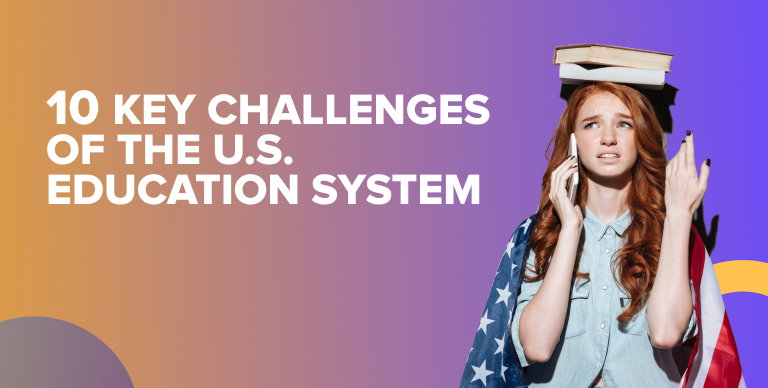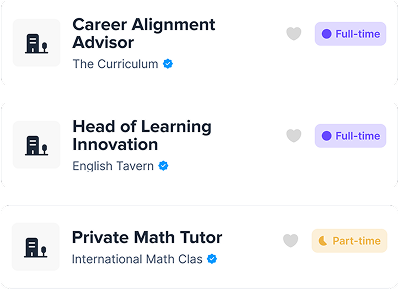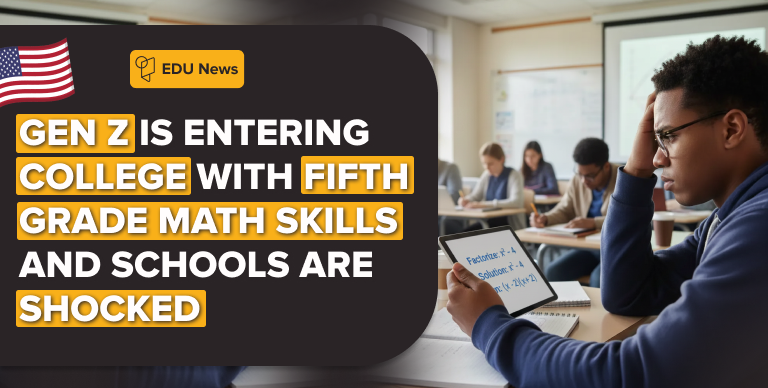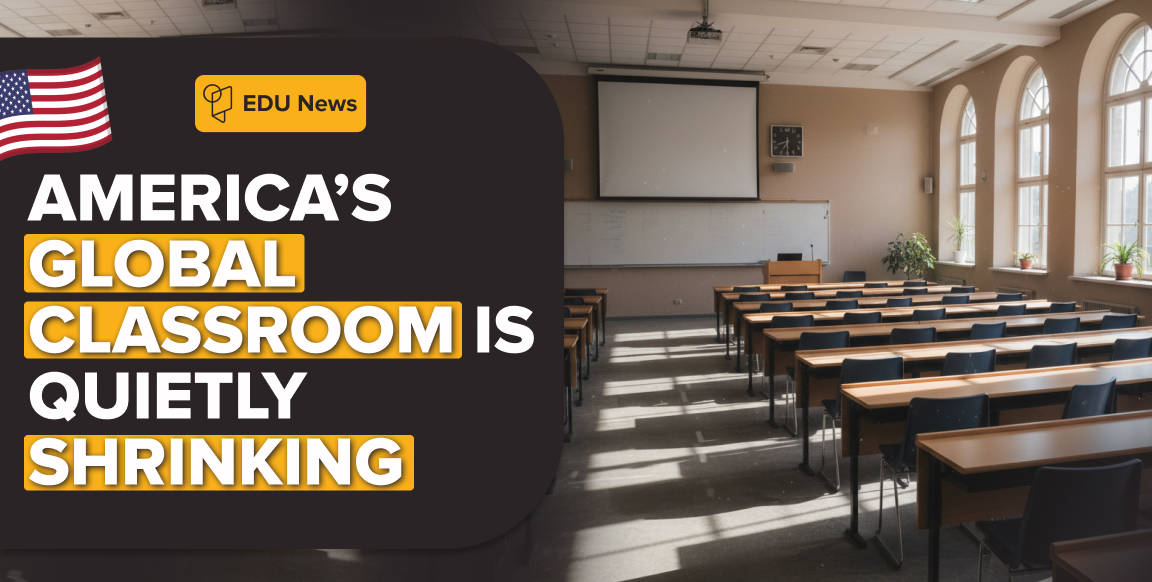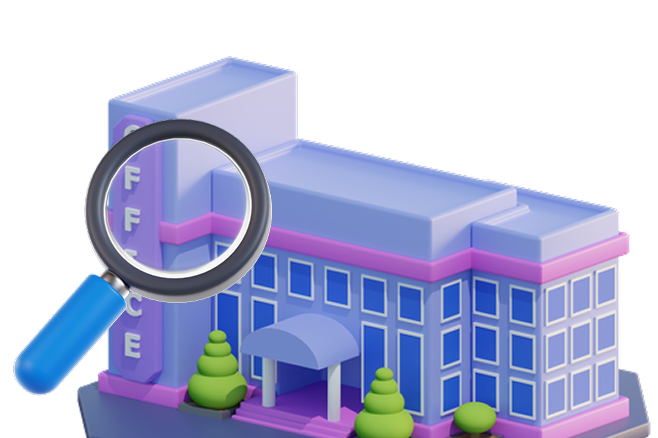In recent times, the U.S. educational system has struggled to adapt to modern challenges and faces several significant issues.
Many years ago, the American formal education system was designed to meet the evolving demands of the industrial era.
Today, people criticize it from various perspectives. They’re feeling disappointed with the system.
They argue that students are not receiving the necessary opportunities to succeed in today’s interconnected world.
As times have changed and with the current economic climate, this system is no longer equipped to address modern requirements.
Advocacy organizations frequently emphasize the necessity of enhancing the education system.
This involves allocating more resources, refining the educational materials, establishing intervention initiatives, or tackling community-related challenges impacting students.
Is There A Crisis in The American Education?
Many factors are currently influencing education systems in the United States. These factors encompass economics, social stratification, a declining emphasis on education, and more.
The fundamental belief is that schools should nurture students into mature, intelligent, and responsible individuals capable of making meaningful contributions to society.
However, the reality often falls short of this ideal. Some argue that a significant problem lies in the strong link between education and the economy.
Businesses need well-educated individuals to drive technological advancements, and as technology becomes increasingly widespread, the demand for higher technical education is on the rise, a demand that the current education system struggles to meet.
Why is The Education System Failing?
In modern education, schools often prevent creative thinking and make students feel stressed. This is due to a prevalent culture of conformity. Students are instructed to follow orders unquestioningly, suppressing their inner voices.
They lose trust in their own instincts and yield to authority figures, resulting in feelings of nonfullfilment.
These issues are indeed real, with varying degrees of impact depending on one’s location. The education system is highly localized, leading to conflicts when the desires of the school district don’t align with the preferences of the local community.
Another big issue with the U.S. education system is that it often fails to adapt to technological advancements, which is currently what the world runs on.
The issue is not isolated incidents or minor hiccups within the system, which are normal for any large system. Instead, what’s concerning is the breakdown of critical components essential for a well-functioning academic system.
American Education System vs. Other Countries
The American education system has both strong points and weaknesses when compared to systems in other countries.
In higher education, the United States is home to many prestigious universities and colleges that attract students worldwide.
It’s known for its focus on research and innovation, making it a leader in cutting-edge fields. However, the cost of higher education is quite high, often resulting in significant student debt.
At the K-12 level, the American system is decentralized, with each state setting its own standards and curriculum.
This decentralization can lead to variations in educational quality among different regions.




